Which communities face the greatest economic and health risks from COVID-19?
Researchers at Common Good Labs analyzed how geography influences the risks people experience from the COVID-19 pandemic..
Using data from the Center for Disease Control and Prevention (CDC), the Census Bureau, and other sources, Common Good Labs mapped these vulnerabilities within the 500 largest U.S. cities to identify patterns in the way that they interact.
What did we learn?
The health and economic risks of COVID-19 are linked within U.S. cities.
Communities with large numbers of the pre-existing conditions associated with severe illness from the virus also tend to have more residents employed in sectors like hospitality and entertainment that experienced high job losses.
The concentration of health and economic risks can also be seen in individual neighborhoods.
As one type of vulnerability goes up, the other often does as well. Around 40 percent of the neighborhoods that are most vulnerable to severe illness are also among the most vulnerable to unemployment.
These risks from the pandemic are built on the foundation of existing inequalities in the United States. The most vulnerable neighborhoods had greater than average poverty and unemployment even before the pandemic began. They also have much larger proportions of Black and Hispanic residents.
Leaders should be careful when making comparisons between different cities and neighborhoods.
Practices or timelines that make sense in San Francisco where the risks from the virus are relatively low, may not be successful in places like Miami, where many more residents have greater health and economic vulnerabilities.
This is also true for local neighborhoods. Communities in the same city can have very different rates of pre-existing conditions like diabetes and heart disease that increase the risk of severe illness from COVID-19. They can also have different levels of exposure to sectors with the greatest jobs losses.
Local data can help leaders understand the unique risks of neighborhoods in their cities.
Analyses and visualizations of publicly available sources like the CDC and the Census Bureau can provide critical context to civic leaders. The report provides a case study on how this can be accomplished using the city of Pittsburgh as an example.
Decision makers should focus information sharing and collection efforts on the most vulnerable communities. This can include outreach to inform residents on how to apply for relief programs or initiatives to remind residents how to use practices that limit the spread of the disease. Perhaps most importantly, community testing and contact tracing programs should invest heavily in areas where the health consequences of the diseases are most likely to be severe for local residents.
Case Study: Pittsburgh, PA
Pittsburgh is near the national average in terms of cases of the pre-existing conditions associated with high risk of severe illness from COVID-19. However, the prevalence of these diseases is much higher in some neighborhoods than it is in others.
About one-fourth of Pittsburghers live in high-poverty neighborhoods. These census tracts, where 30 percent or more of residents have incomes below the threshold for poverty, are more likely than others to have very high prevalence of the pre-existing conditions associated with high risk from COVID-19.
More information on these findings can be found in the full report. If you are interested in similar analyses for other cities, please contact the authors.




